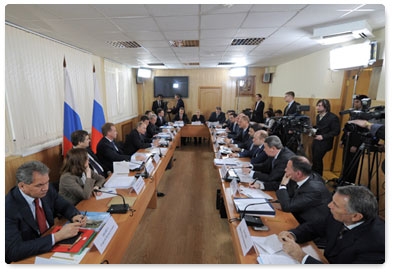How to Build a Supplier Risk Heat Map
페이지 정보
작성자 Coy Dallas 작성일 25-09-21 00:54 조회 3 댓글 0본문

Developing a risk assessment heatmap is a essential method to evaluate and classify potential risks in your external partner landscape. Begin by cataloging your your primary providers and categorizing according to operational dependency. This involves evaluating how crucial each supplier is to your operations, whether they deliver irreplaceable components, or if replacing them would be costly.
After you’ve listed, assess each supplier across key risk categories such as financial health, supply chain geography, political instability, standards compliance, digital resilience, and past performance.
For each category, allocate a indicator using a 1-to-5 system, where 1 = low risk and five signals critical exposure. Gather this data from annual statements, compliance reviews, industry alerts, self-assessment forms, and historical disruption logs. In cases of incomplete data, use informed estimates based on consultant insights.
After assigning scores each supplier in all criteria, calculate an overall risk score by using a simple average or by weighting them according to importance. For instance, if a supplier is based in a high-risk geography and also has a repeated compliance failures, аудит поставщика those factors should be prioritized than infrequent lapses.
Then, create a risk grid with probability of occurrence on one axis and operational disruption on the other. Map each supplier as a dot on this grid. Suppliers in the top right corner represent top-priority vulnerabilities and should be your primary mitigation focus. Those in the bottom left are background risks and can be left on passive watch.
Apply color coding to simplify interpretation: High risk = Red, Yellow = Moderate, and Green = Low. Present this map with your procurement, operations, and leadership teams to guide decisions such as diversifying suppliers, renegotiating contracts, or enhancing monitoring frequency.
Understand that vendor exposure is dynamic. Re-evaluate and revise your heat map biannually or in response to critical incidents like industry disruptions, corporate restructuring, or geopolitical crises. Consistent reviews ensure your risk management remains proactive rather than reactive. This iterative approach helps protect your business and enhances supply chain robustness.
- 이전글 영등포러시아출장안마✴️olOㅡ8359=O661✴️카토옥dagan82영등포출장안마러시아✴️✴️영등포러시아출장안마❣️영등포출장안마
- 다음글 Why Conservatory Upgrade Is Fast Increasing To Be The Trendiest Thing Of 2024
댓글목록 0
등록된 댓글이 없습니다.
